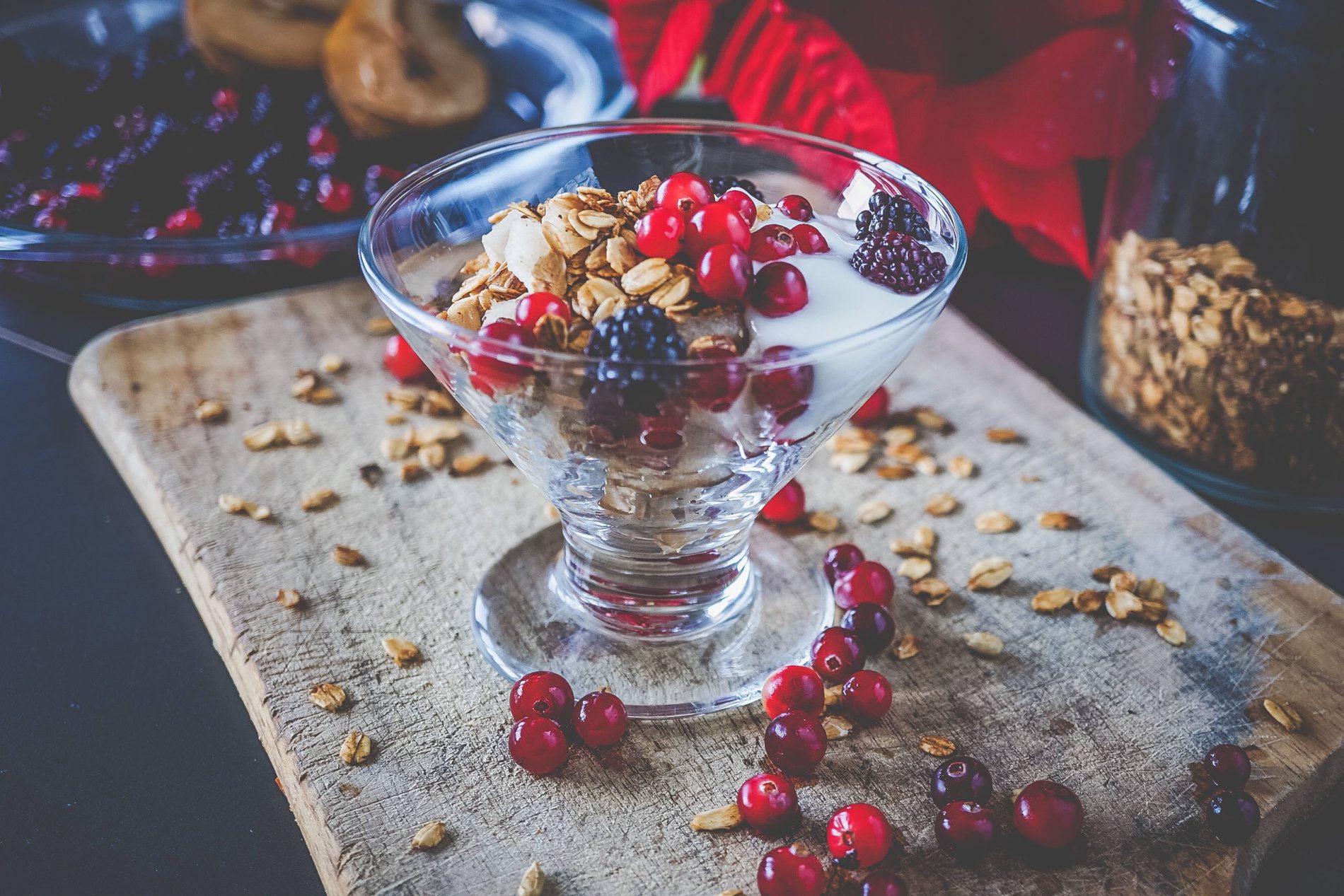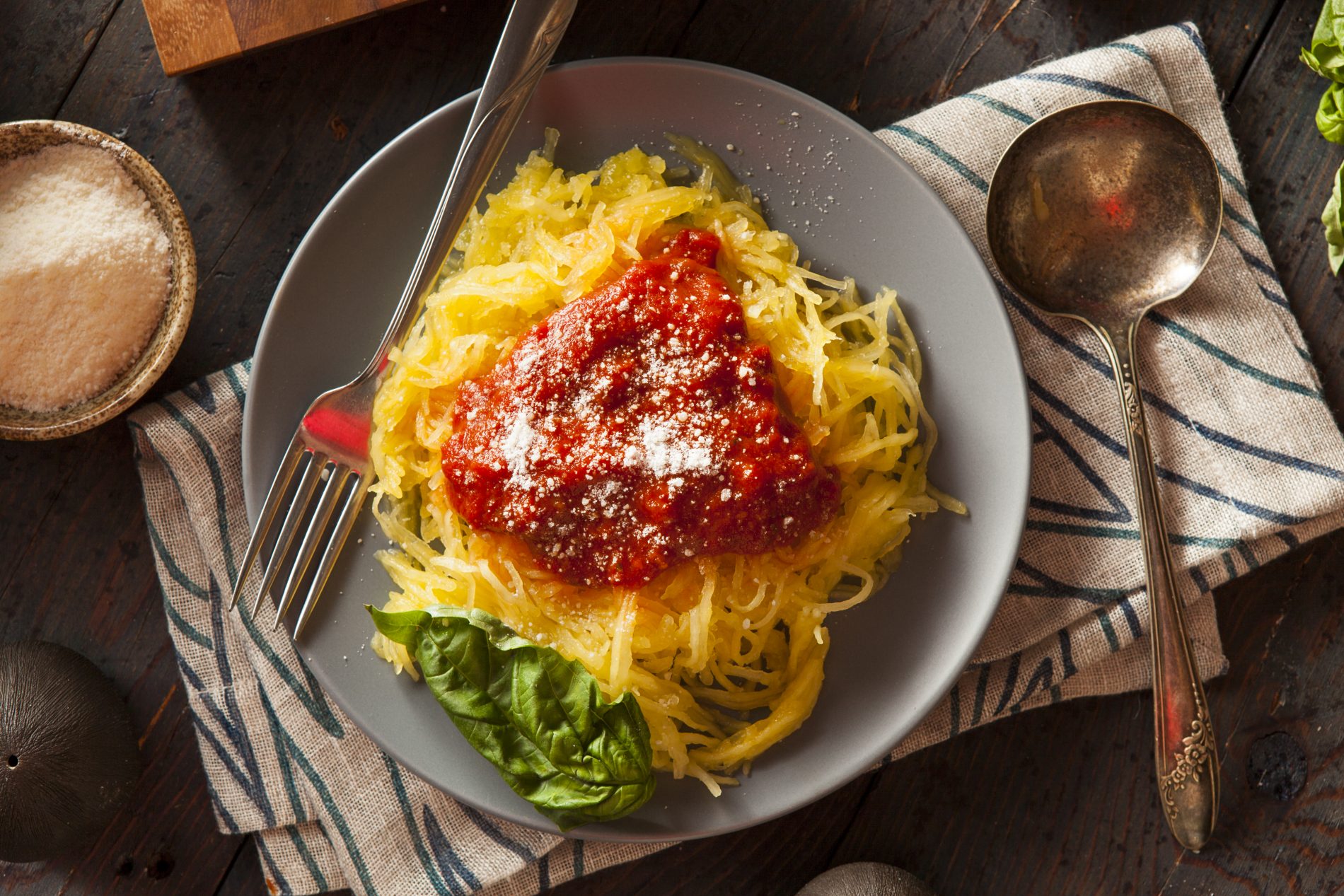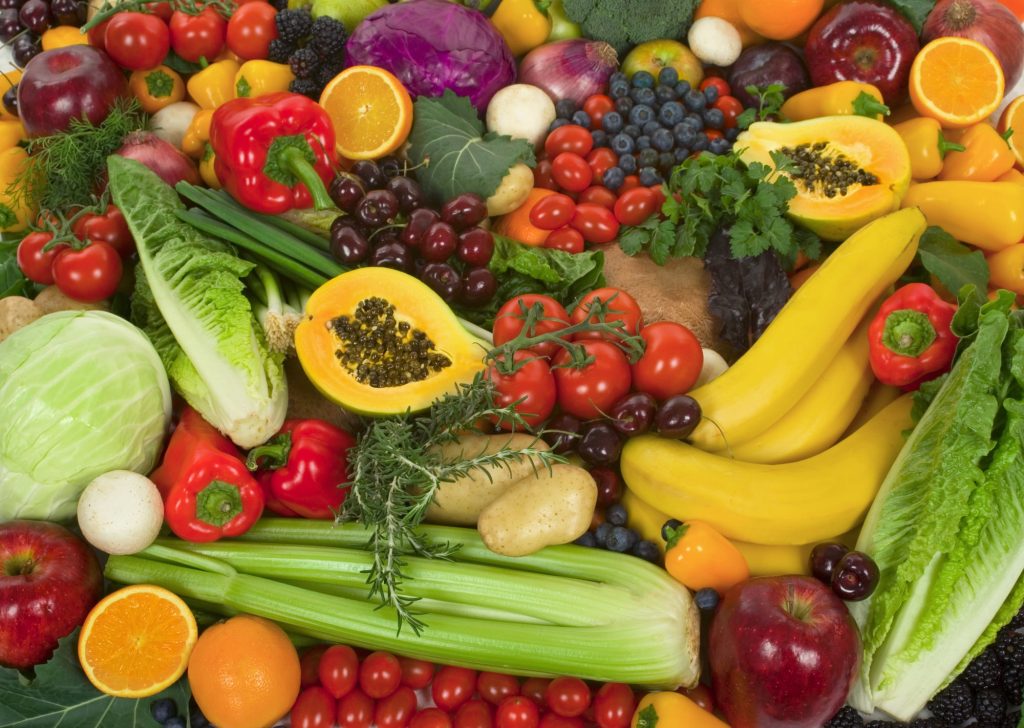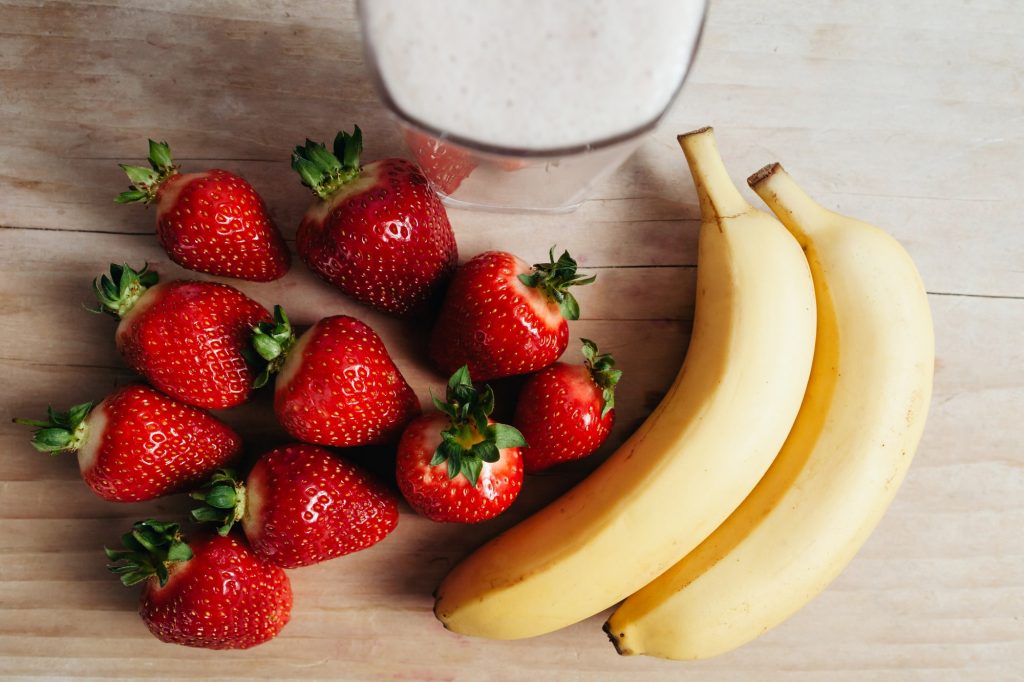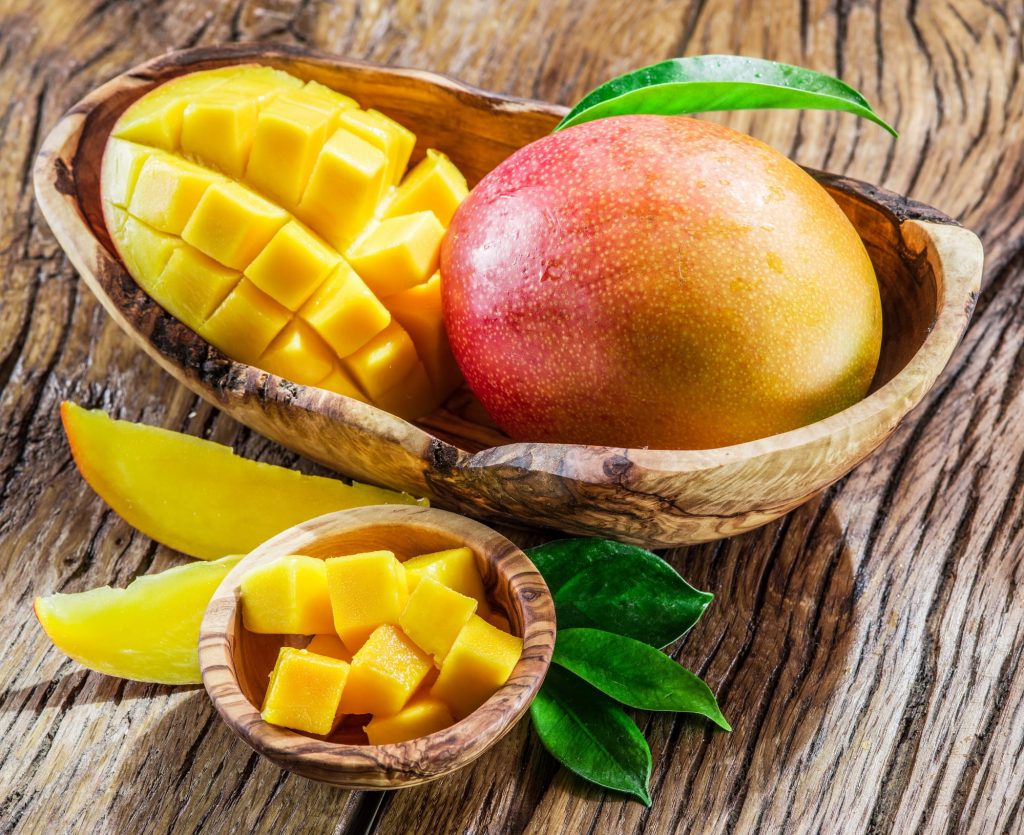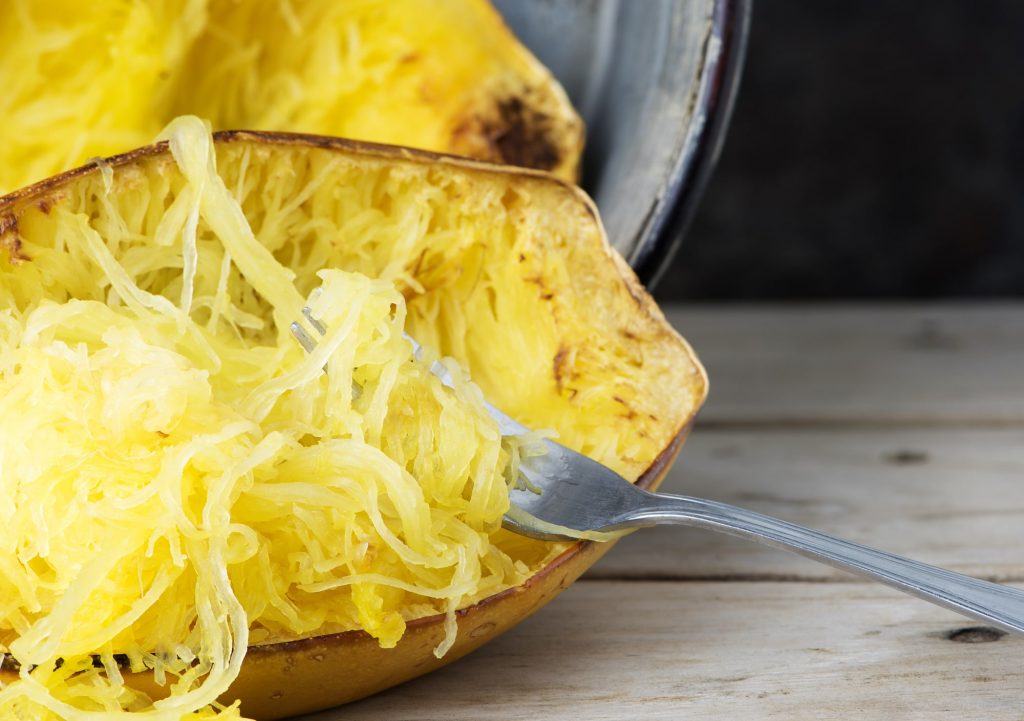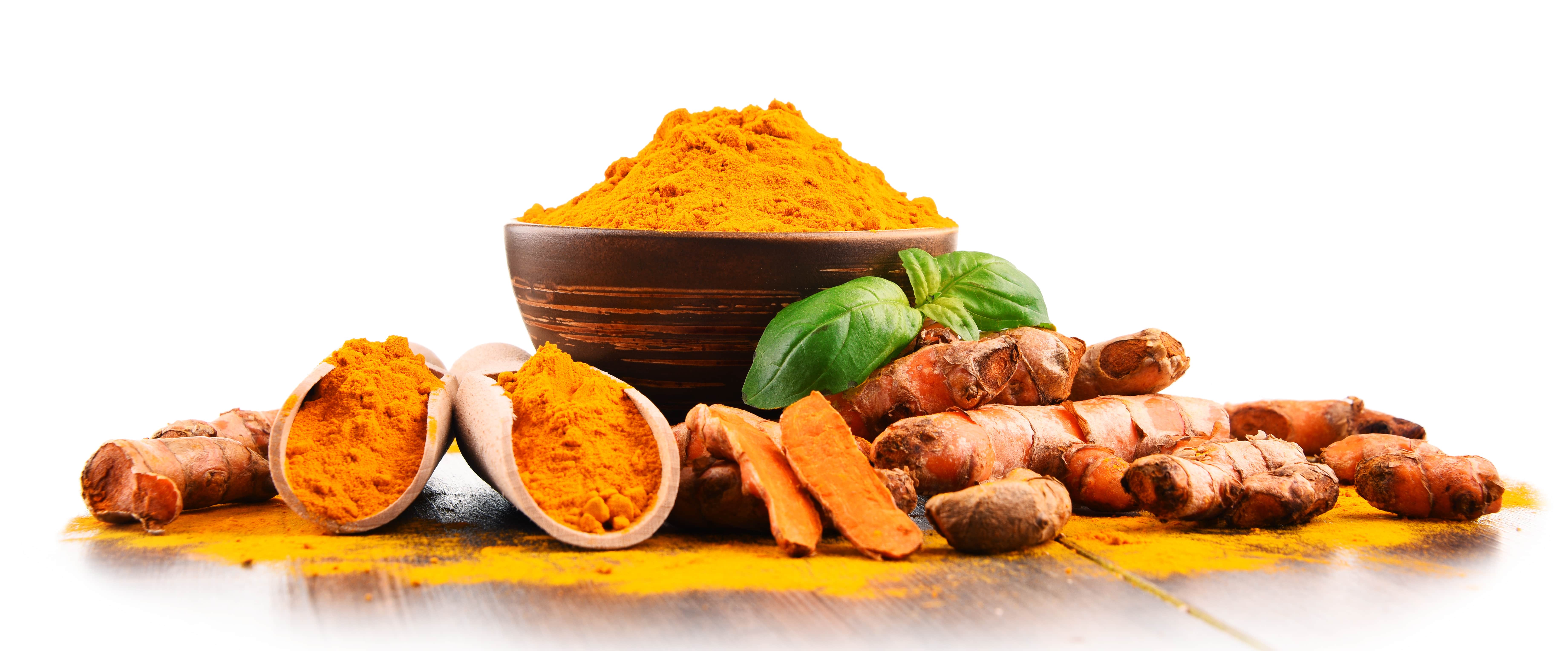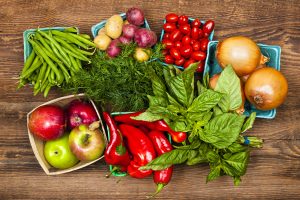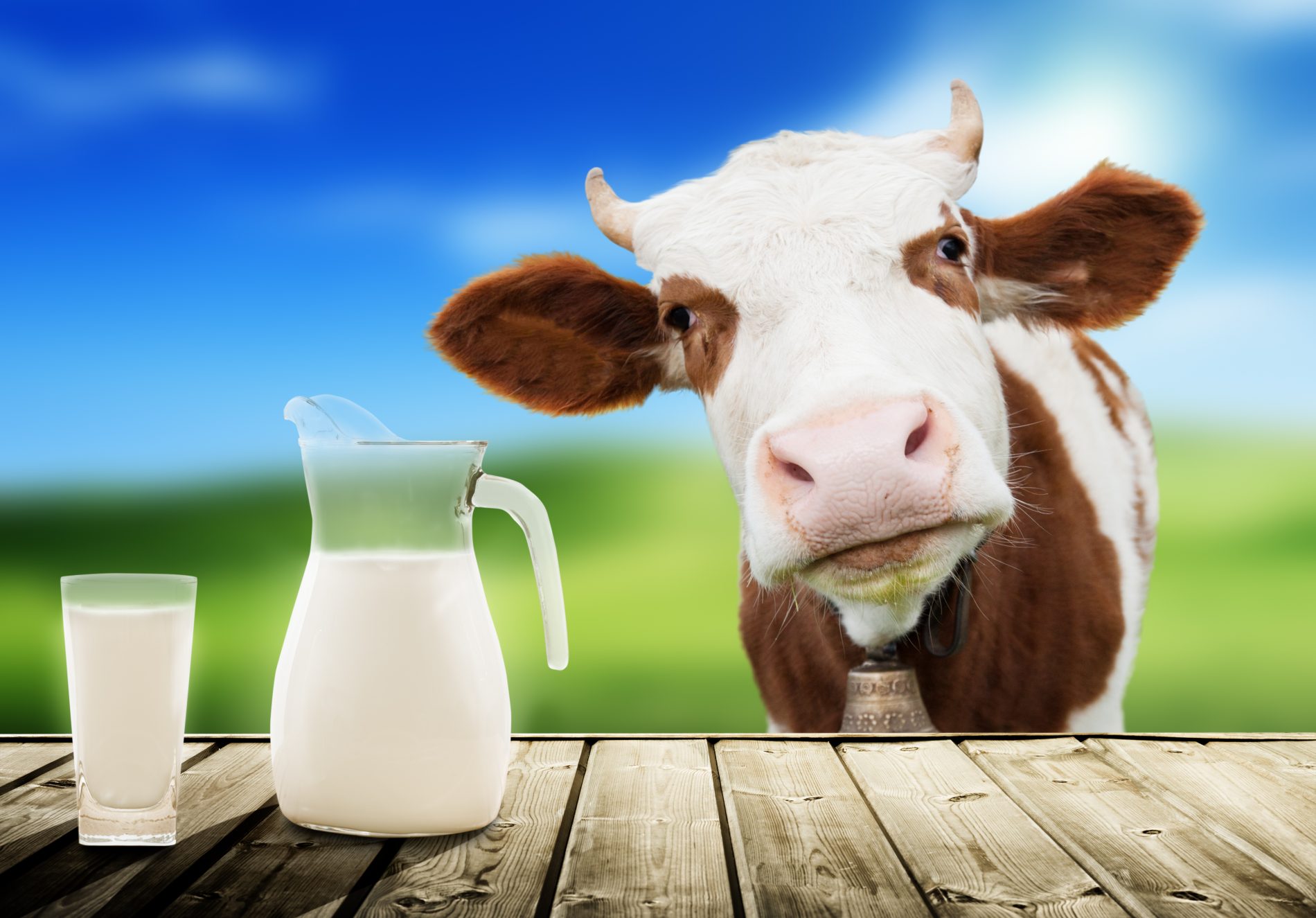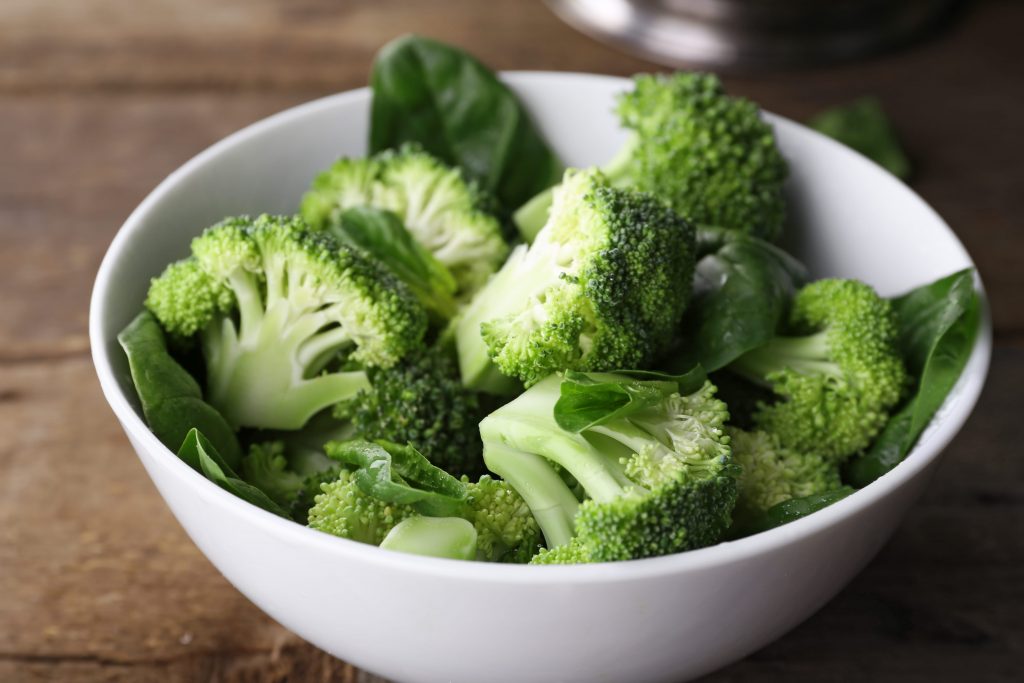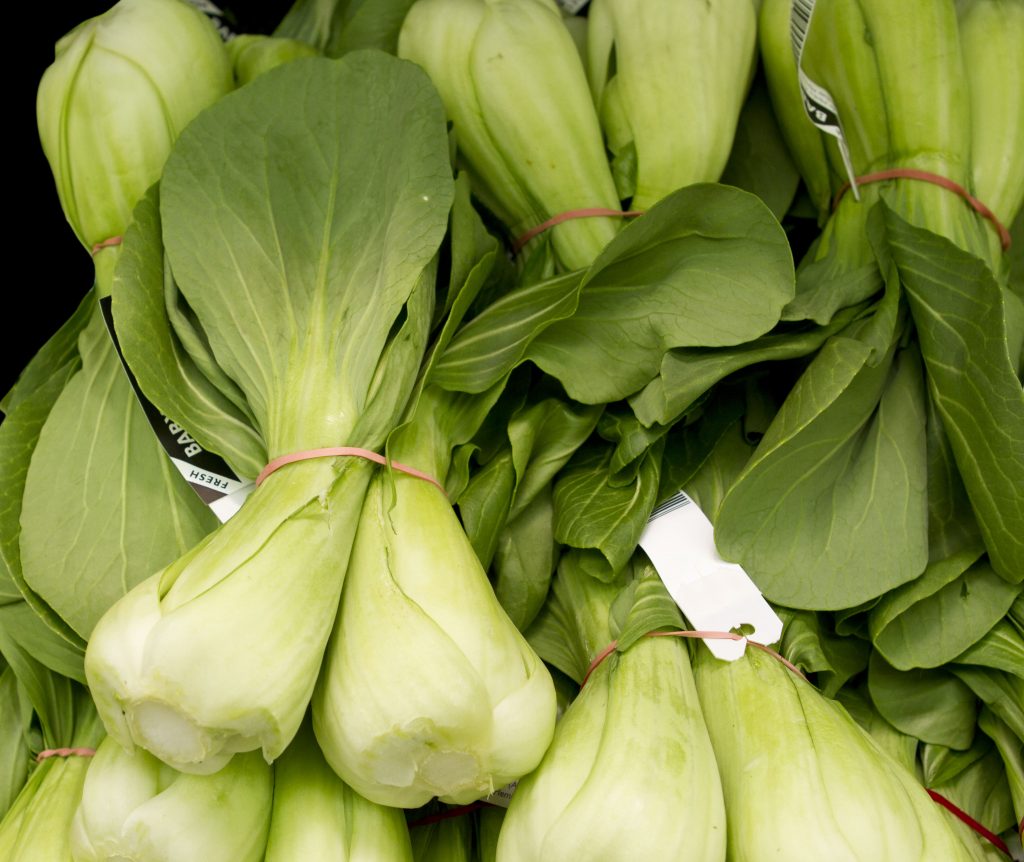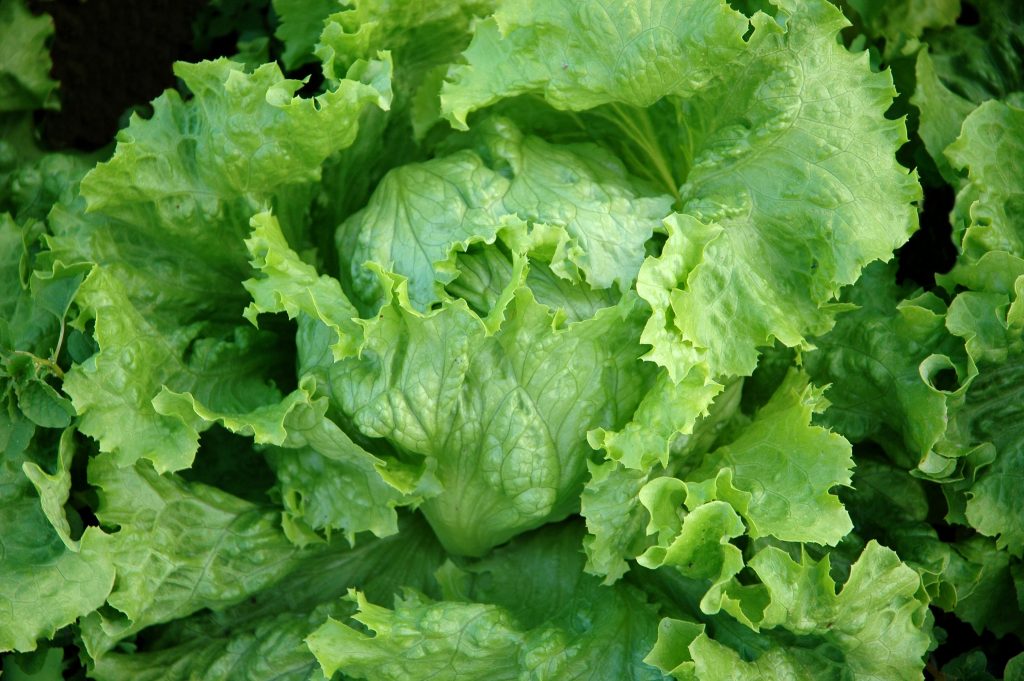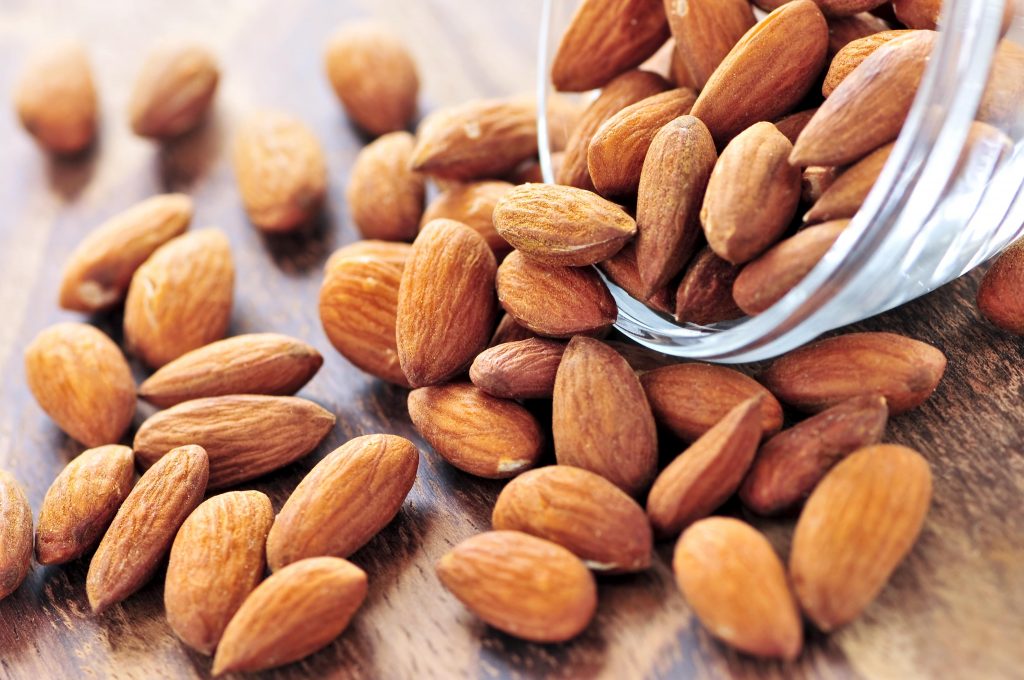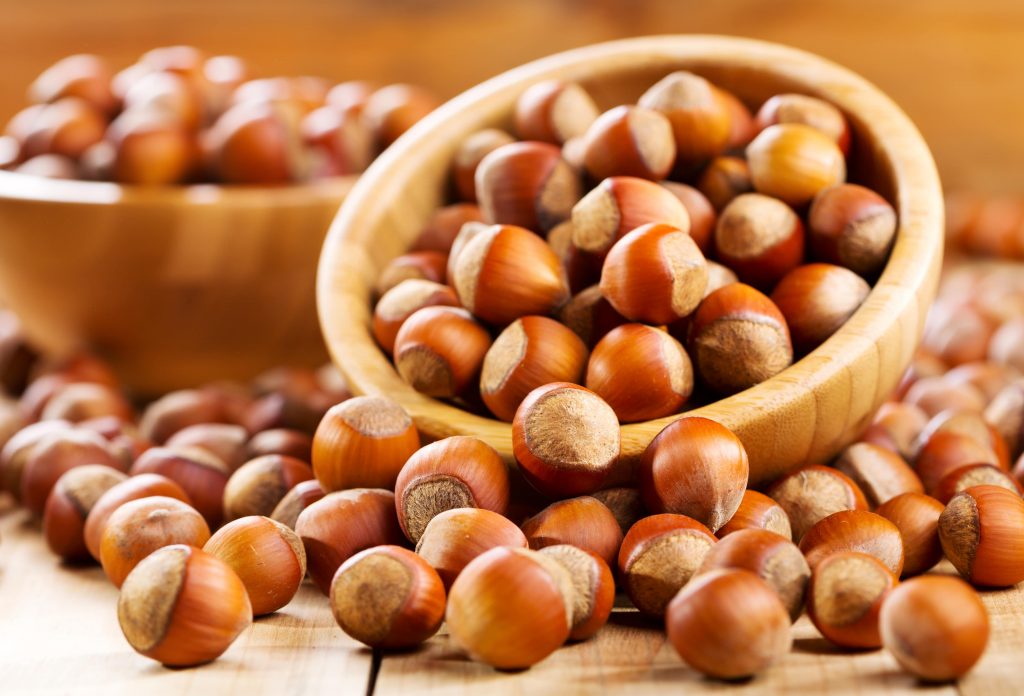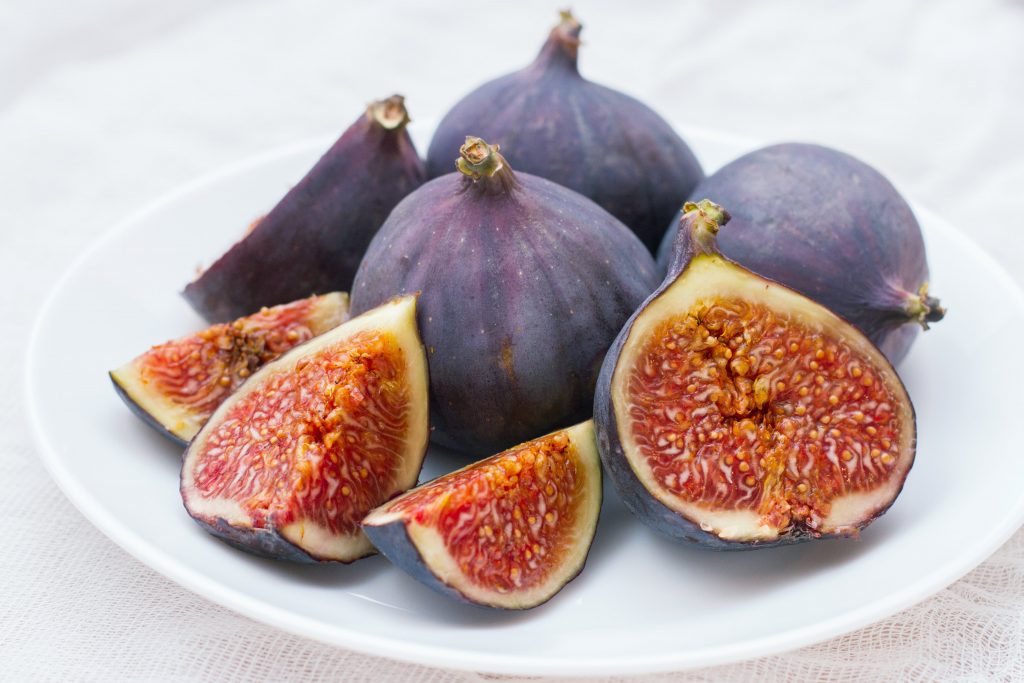Do you struggle with the 3 pm energy slump? Find yourself thinking, should I have another cup of coffee…? Wondering if there’s any birthday cake left in the staff room or where the darn change for the vending machine snacks…?
Research shows that eating a combination of complex fibre with protein and healthy fats every three or four hours, helps to;
- Maintain normal blood sugar level
- Give you an energy boost
- Conquer tummy rumbles
Here are some well-balanced snacks that are fun, portable and will keep you satisfied until your next meal.
Let’s Get Snacking!
-
Energy Bars
Energy bars are everywhere these days. They are quick, no bake, easy to make ahead and can be left at room temperature. Most recipes call for a combination of;
- Ground nuts and seeds
- Mixed with peanut or almond butter
- your choice of cranberries or raisins
However, my favorite recipe switches out the nut butter for ground pitted dates.
For anther great date recipe, click here for, “Salted Cashew Butter & Dark Chocolate Stuffed Dates”.
2. Avocados
Avocados are ‘good for you’ fats. They are nutrient dense and fibre rich. Try an avocado in the half shell stuffed with lightly salted or spicy sunflower and pumpkin seeds.
3. Hummas To The Rescue
Hummus doesn’t have to be bland and boring anymore. Think Mediterranean! Try various recipes like sundried tomato and basil hummus for a taste of pow! Spread on multi-grain or high fibre crackers.

4. Kukoo For Cucumber
Try having thick slices of cucumber double as a sandwich with cheese, lean meat or peanut butter filling.
5. Who Loves Goat Cheese?
Goat cheese chunks rolled in ground nuts or granola are a perfect balance of creamy and crunchy. Pop-in-the mouth kinda snack.
6. I LOVE Goat Cheese!
Try rice crackers or thin wholegrain crisps, spread with goat cheese. Then top it with raisins or better yet chopped dates.
7. Change It Up!
The traditional apple or banana slices with a nut butter always tastes great, but how about slices of fresh pear, pineapple chunks, or mango?
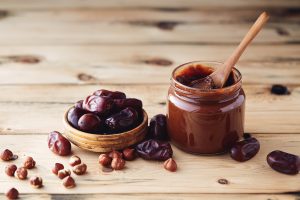
8. Take The Road Less Traveled
Pair up delicious dried fruits like chopped dates, figs, prunes or apricots with nut butter, or wait for it…hummus!
9. Go Greek
Top your low fat Greek yogurt with ground flax, hemp, or chia seeds. Sprinkle with some gluten free oats or granola, and add berries of your choice.
10. Roasted Chick Peas
Another satisfying fibre and protein rich finger food is roasted chickpeas. Add tons of flavour with some curry, paprika, garlic or chili powder…or for a touch of sweetness, while still warm toss with a half teaspoon of honey or pure maple syrup, and a dash of cinnamon.
11. Fresh Take On Veggies & Dip
Pair up various fresh cut veggie sticks, (or home baked veggie chips) with a protein dip made with light ricotta, basil, parsley, oregano and a touch of lemon juice. Your taste buds will thank you!

12. Not Yer Granny’s Granola
Packed with healthy fats and loaded with nutrients, this is the perfect snack to power you through the rest of your day!
Yes, we’ve all been there. Sometimes mornings are a rush, so don’t add more stress to your day. Keep a stash of yummy, accessible snacks in your car, bag and desk. That way you won’t be craving birthday cake at the office.
Plan for success. Your daily energy requirements are important.
I’m the master granola baker and creative force behind Not Yer Granny’s Granola. Canada’s only gourmet snacking granola. Launched in 2013 I re-invented the dry, bland 1960’s, ‘hippie’ cereal into wholesome snack called Granolahhh. Packed with healthy nuts, pumpkin and sunflowers seeds, and double fruits fans can enjoy Granolahhh straight out of the bag, at the office, cottage, outdoor fun and even give it as gifts. As a member of the Canadian Women in Food, I’m proud that my products are handcrafted by real people, not factory made. Using non-GMO ingredients and natural Ontario maple syrup, I’m committed to providing preservative free, convenient ‘munching made better’ options for busy, active people.

